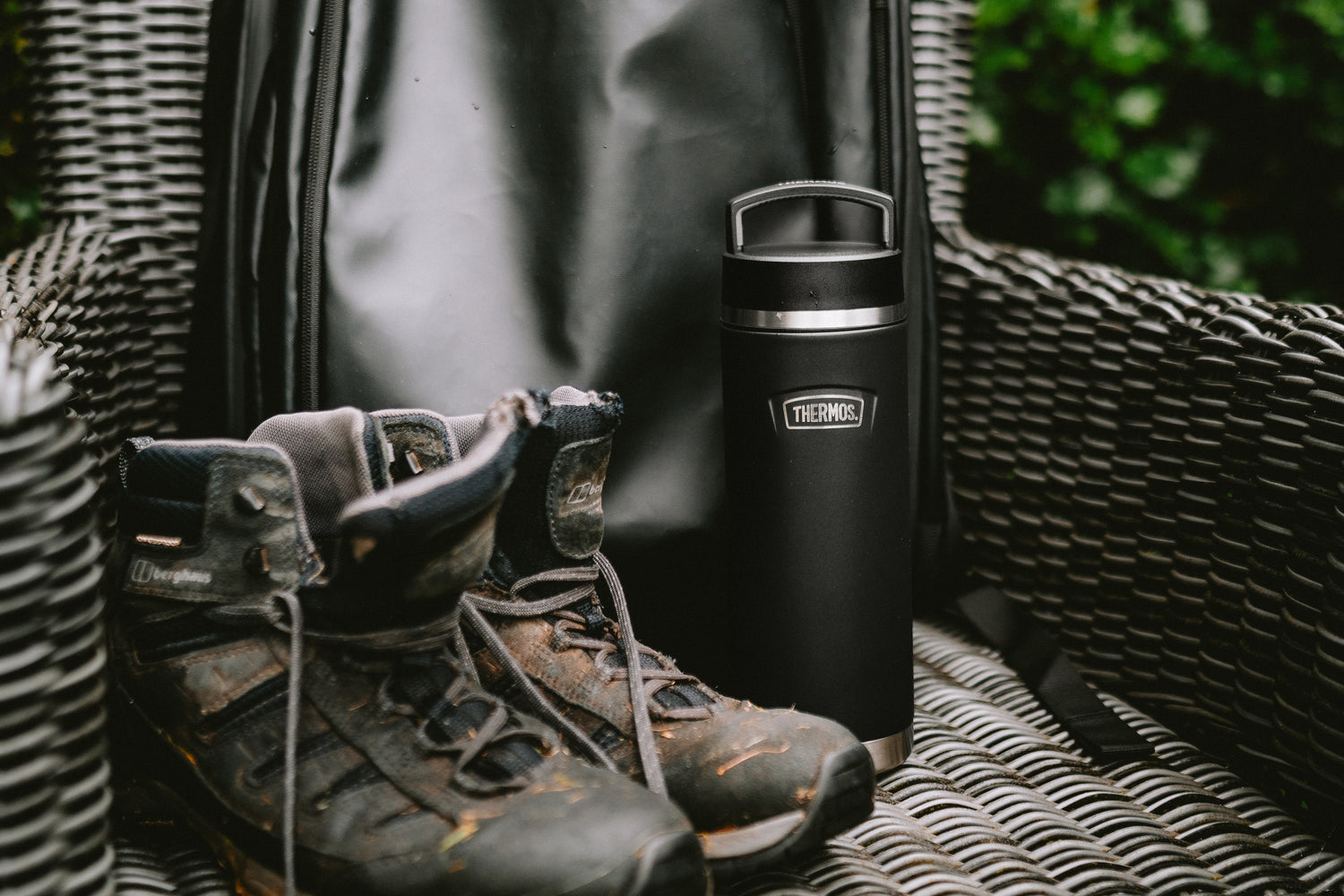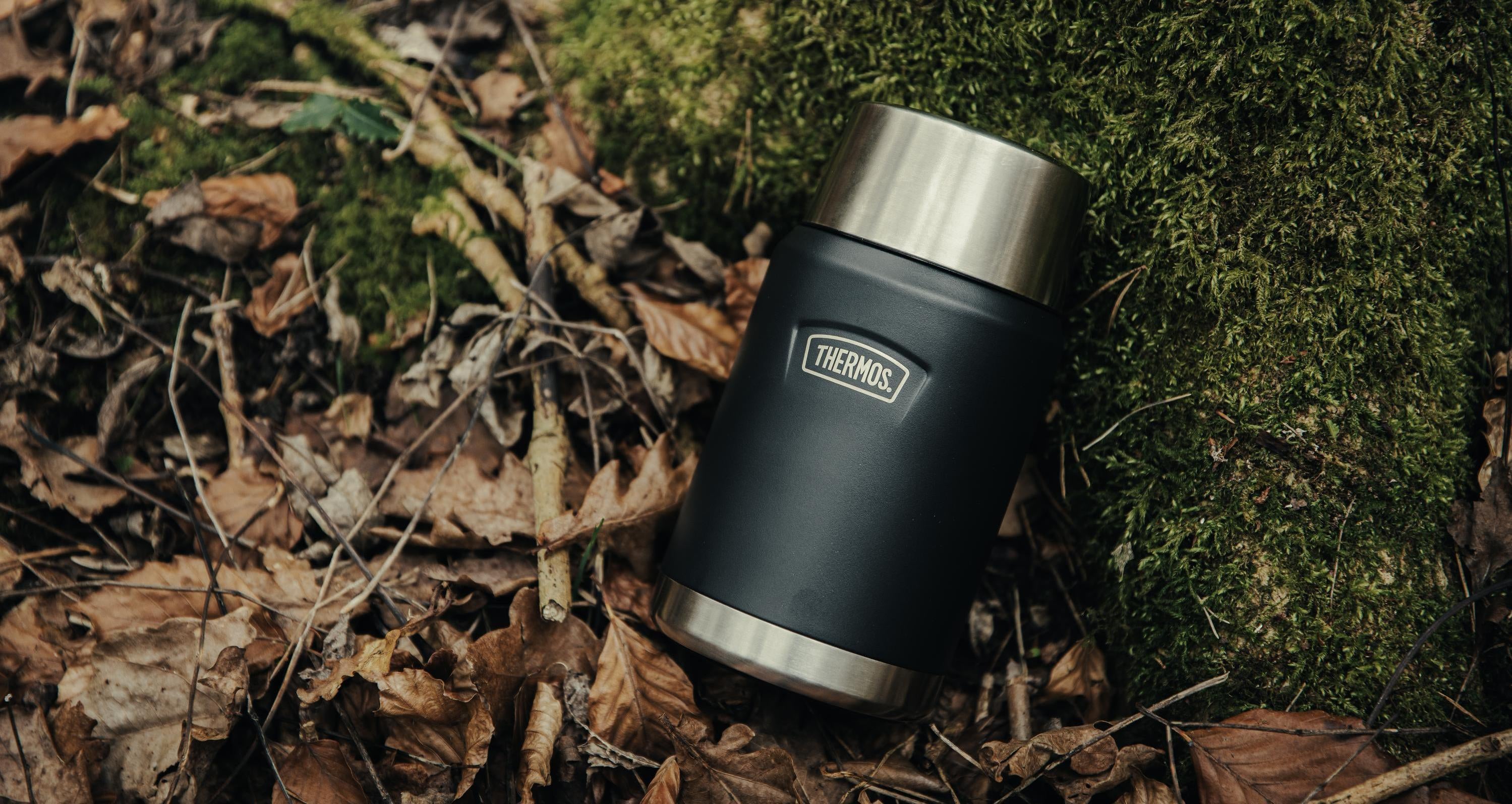


PIONEERING SINCE 1904
120 years ago, we pioneered an innovative, reusable vacuum flask to keep food and drink, hot or cold.
Today we continue to manufacture and develop quality, insulated solutions that remain relevant as ever.
Our reliable solutions enable people to take control of what they eat and drink, where and whenever they want. Wherever you go - we go too.
Owning a Thermos® product shows you’re in control of your day allowing you the freedom to go your way.
